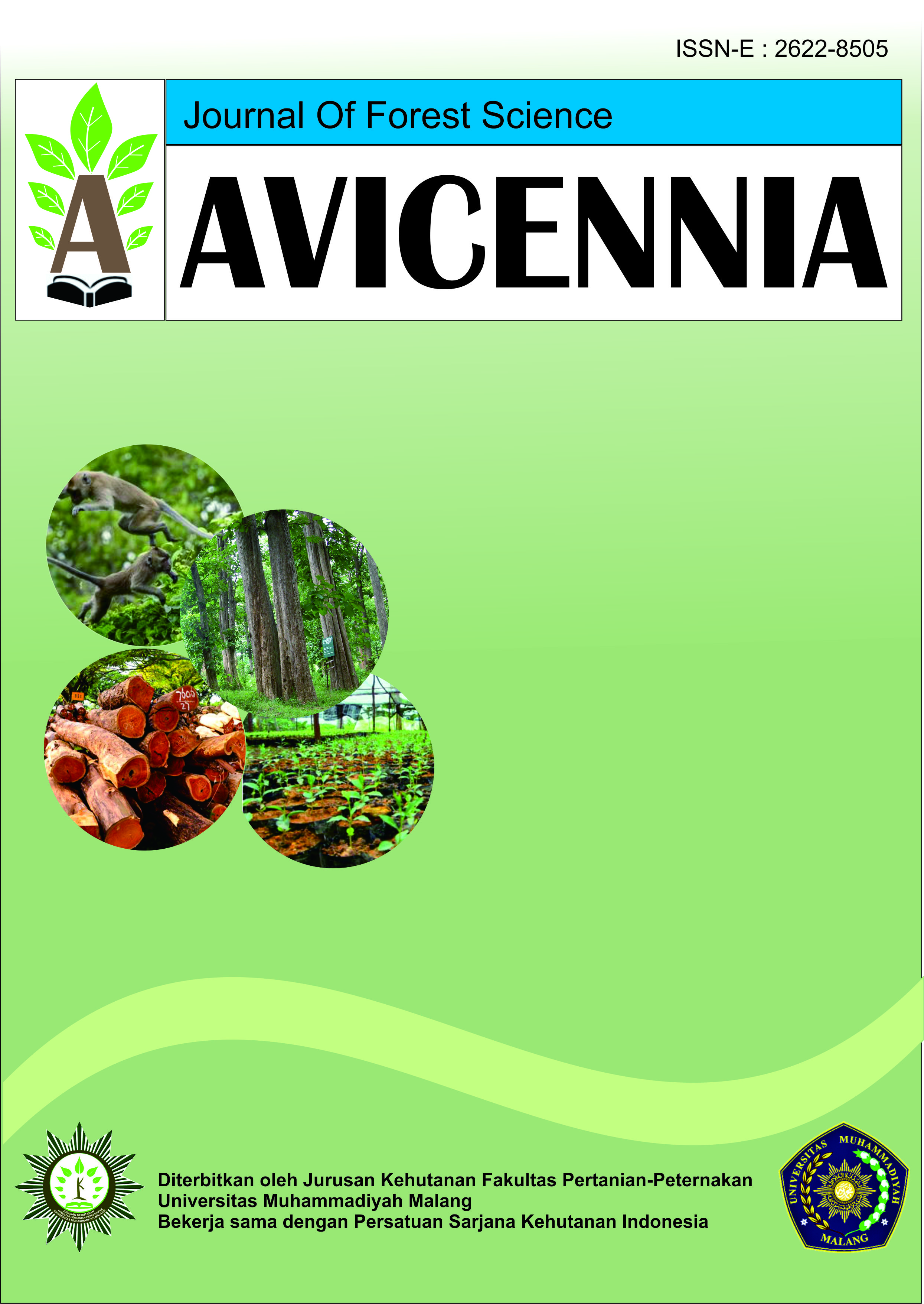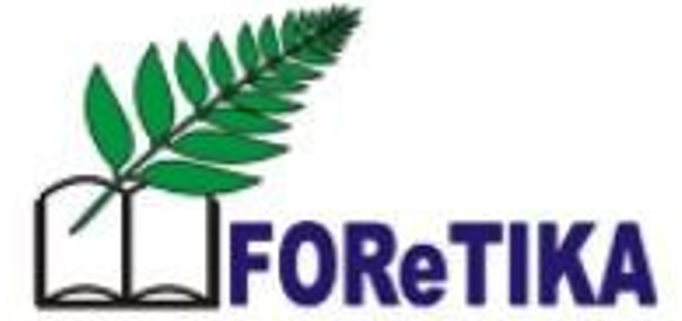Kajian Kearifan Lokal Masyarakat Desa Ngadas Terhadap Pengembangan Ekowisata di Taman Nasional Bromo Tengger Semeru Jawa Timur
DOI:
https://doi.org/10.22219/avicennia.v2i2.9406Keywords:
Local wisdom, TNBTS, Ngadas VillageAbstract
ABSTRACT
Bromo Tengger Semeru National Park (TNBTS) is a complex area of approximately 50,276 Ha in the mountainous region, covering three famous landscapes namely Mount Bromo, Tengger Caldera and Mount Semeru. Based on the Decree of the Director General of PHKA No. 68 / Kpts / Dj-VI / 1998, TNBTS zoning consists of: Core Zone 22,006 Ha; Jungle Zone 23.485,20 Ha; Intensive Use Zone 425 Ha; Traditional Use Zone 2,360 Ha; and the 2,000 Ha Rehabilitation Zone.
This study aims to examine the local wisdom adopted by the community in Ngadas Village. When the research began in June-July 2019 and the research method used was a qualitative method, using the Phenomenology approach. An interesting phenomenon of research is the existence of Bromo Tengger Semeru National Park, Poncokusumo District, Malang Regency. Data collection techniques using in-depth interviews and closed questionnaires, observation and study of documents or literature
The majority of Ngadas people belong to the Tengger tribe, a tribe that is also scattered in villages near Mount Bromo in Pasuruan and Probolinggo districts where the majority of Tengger are Hindu. The Ngadas community has several traditional events such as Karo, Kasada, and Unan-unan.
Downloads
References
Alfi, 2018. Taman Nasional Bromo Tengger Semeru. Diakses tanggal 1 Juli 2019. https://foresteract.com.
Andi M. Akhmar dan Syarifuddin, 2007. Mengungkap Kearifan Lingkungan Sulawesi Selatan, PPLH Regional Sulawesi, Maluku dan Papua, Kementerian Negara Lingkungan Hidup RI dan Masagena Press, Makasar.
Falahi M. 2018 Tradisi Tengger Menentukan Penanggalan Demi Kesuburan. https://www.mongabay.co.id
Fandelli, 2000. Konsep Ekowisata. Diakses tanggal 4 Juli 2019. https://www.academia.edu
Francis Wahono, 2005. Pangan, Kearifan Lokal dan Keanekaragaman Hayati, Penerbit Cindelaras Pustaka Rakyat Cerdas, Yogyakarta.
Hasan, 2016. Desa Ngadsa. Diakses 10 April 2019. https://ngalam.co.id
Mulyoutami,E, R.Rismawan,L.Joshi,2009.Local knowledge and Management of Simpukng (forest gardens) among the Dayak people in East Kalimantan, Indonesia. Forest Ecology and Management257(2009):2054-2061.
Puspita Putri, 2017. Upacara Kasada. Diakses tanggal 4 Juli 2019. https://bobo.grid.id.
Rahayu Siwi, 2015. Definisi Upacara Kasada. Diakses tanggal 4 Juli 2019 https://www.pegipegi.com
Salim, Agus. 2008. PengantarSosiologi Mikro.Yogyakarta: Pustaka Pelajar.
Sayektiningsih, 2008. Strategi Pengembangan Pendidikan Konservasi Pada Masyrakat Suku Tengger di Enclave TNBTS http://journal.ipb.ac.id
Sedyawati, 2006. Kearifan Lokal. Diakses tanggal 10 Juli 2019 https://kajianpustaka.com
Sony Keraf, 2002. Etika lingkungan, (Jakarta : penerbit buku kompas).
Downloads
Published
Issue
Section
License
Authors who publish with this journal agree to the following terms:
- Authors retain copyright and grant the journal right of first publication with the work simultaneously licensed under a Creative Commons Attribution License that allows others to share the work with an acknowledgement of the work's authorship and initial publication in this journal.
- Authors are able to enter into separate, additional contractual arrangements for the non-exclusive distribution of the journal's published version of the work (e.g., post it to an institutional repository or publish it in a book), with an acknowledgement of its initial publication in this journal.
- Authors are permitted and encouraged to post their work online (e.g., in institutional repositories or on their website) prior to and during the submission process, as it can lead to productive exchanges, as well as earlier and greater citation of published work (See The Effect of Open Access).











